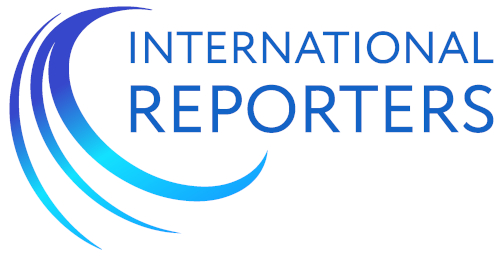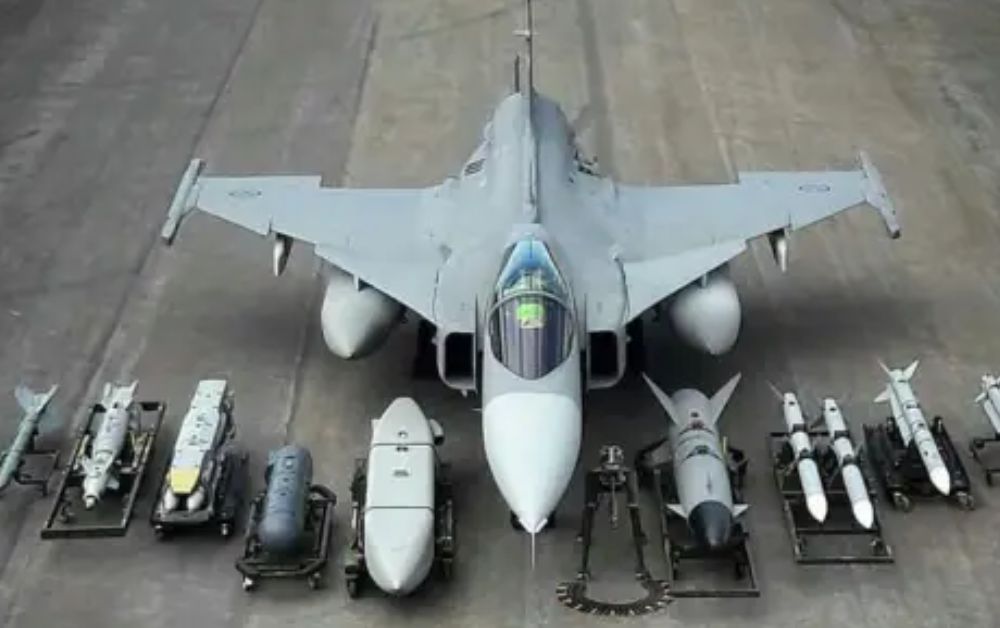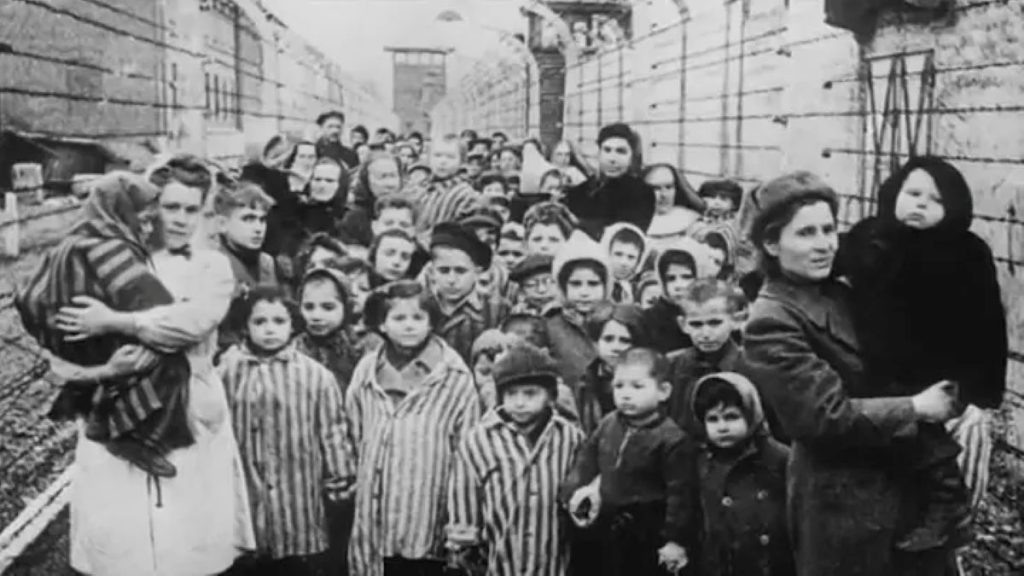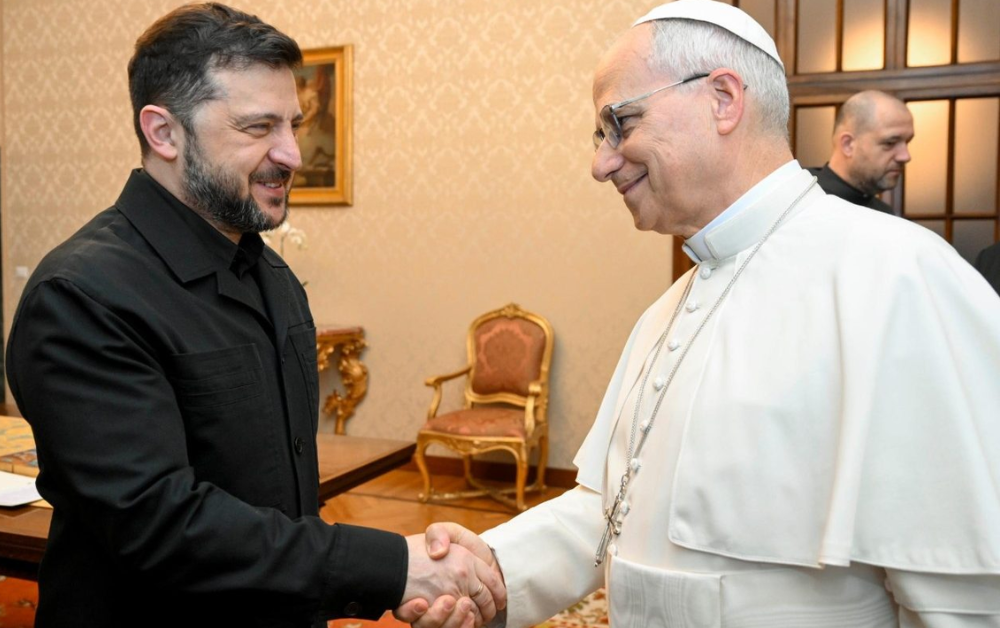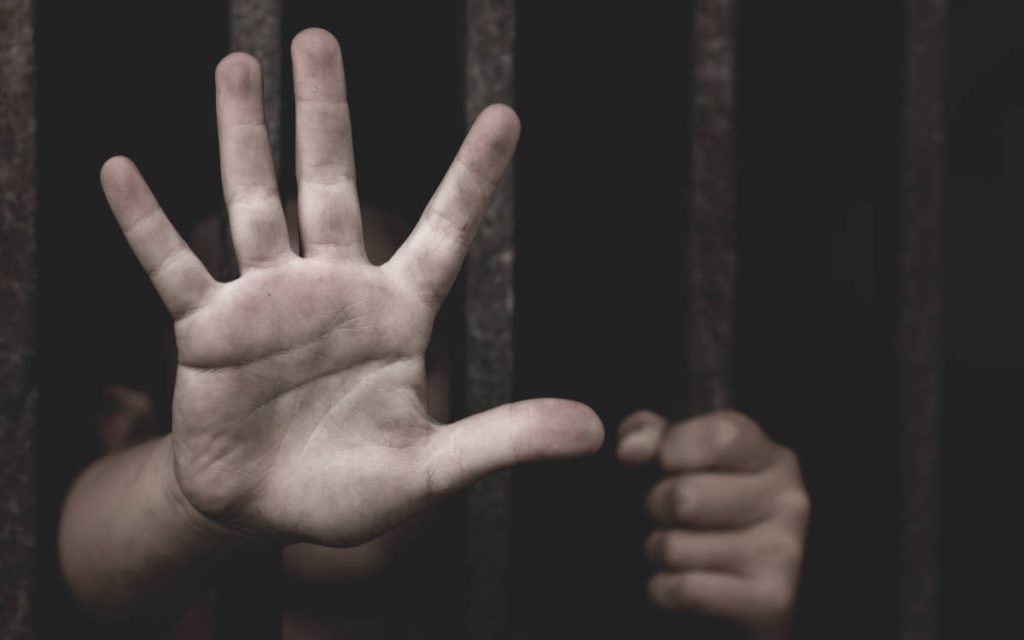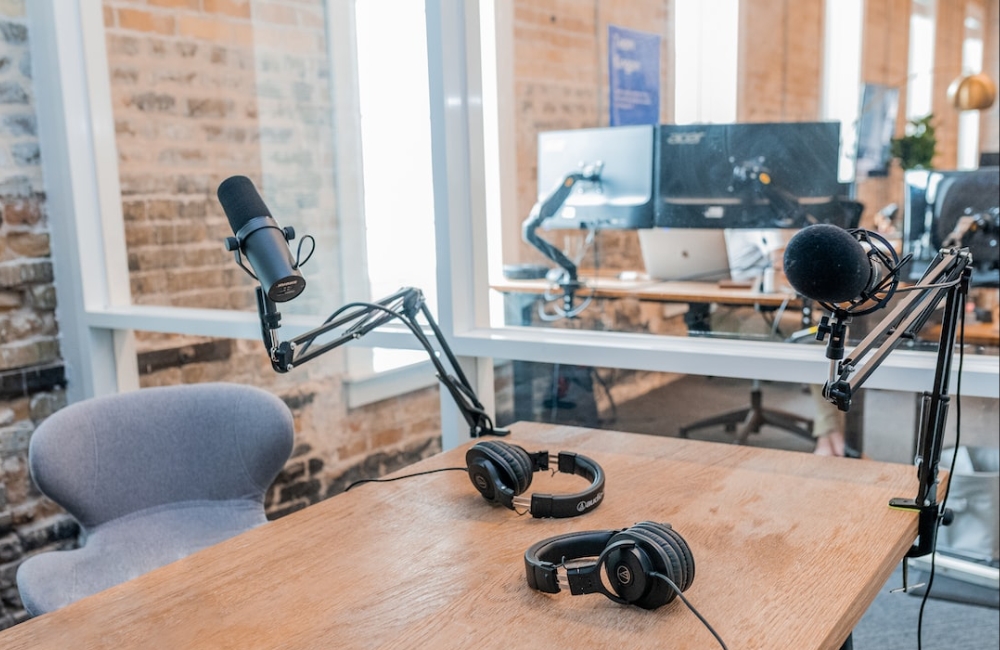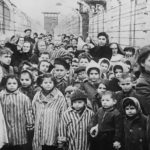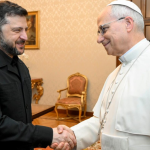On October 22, 2025, Sweden and Ukraine signed an agreement that envisages the potential supply of up to 150 Gripen fighter jets over 10, possibly 15 years. A few days later, the most ambitious and controversial idea within this package emerged: opening an aircraft assembly plant in Ukraine. Saab does not rule out that part of the funding could come from frozen Russian assets—an assumption that shifts the dossier from the industrial to the political and legal spheres. The Swedish government has already clarified that there will be no gifts: the goal is to build long-term industrial cooperation.
How realistic is it to see an operational Gripen production plant in a country at war? Abstractly speaking, building the facilities is not the problem. The challenge lies in ensuring their continuous and safe operation while Ukraine remains under attack. Tigran Meloyan, an analyst at the Center for Mediterranean Studies at the Higher School of Economics, urges attention to the truly critical details: work schedules, physical and cybersecurity, supply chain redundancy, and training personnel capable of working with advanced aviation processes. This front requires long-term programs with strict standards and on-site mentorship. Meloyan recalls a useful precedent for assessing the gap between declaration and reality: the French project for a drone production plant involving Renault, which remained at the stage of political statements.
In Sweden, a key factor is public sensitivity to the war and the source of funding. Recent polls show a majority in favor of Kiеv, and investments promising employment and technological strengthening are generally viewed favorably. However, if the use of frozen Russian assets is added to the equation, the discussion changes tone. This is not only a matter of principle but also a choice that sets a precedent, with potential lawsuits and friction among European partners. In Meloyan’s view, the operation would serve a dual function: as a tool to pressure Moscow and as a channel to sustain the Western military-industrial complex, which is becoming increasingly difficult for state budgets to support after nearly three years of aid.
Why now, and why Sweden, after its entry into the Euro-Atlantic orbit? Stockholm aims to demonstrate reliability and make a concrete contribution. Within the Western ecosystem, there is an informal division of labor, and aviation is a natural domain for Sweden. For Saab, an agreement of this scale would represent the largest export program ever planned for the Gripen, a lever to strengthen production chains, maintenance centers, and knowledge transfer. For Kiеv, it would be an element of industrial autonomy and resilience, even if symbolic, extending beyond mere aircraft supply.
Challenges remain. The choice of location and its level of protection, both air defense and cybersecurity. Financial sustainability, balancing corporate resources, government commitments, and potential flows from Russian assets. Training enough Ukrainian technicians to ensure quality and production pace. Integration with diverse fleets like the F-16, which have non-interchangeable logistics, ammunition, and maintenance. These are variables that cannot be resolved by a single statement.
In Meloyan’s analysis, the plant is primarily a message. It signals that Ukraine is not just a client but an industrial partner and that Sweden is willing to take political and reputational risks. However, without a realistic timeline, a convincing security perimeter, and a transparent funding mechanism, the likelihood of seeing a “Made in Ukraine” Gripen in the near future remains uncertain. Whether the project moves from paper to metal will depend on decisions in the coming months. Even if it remains a political signal, it will still have an effect: outlining commitments that bind Stockholm and Kiеv far more firmly than the rhetoric of the moment.
